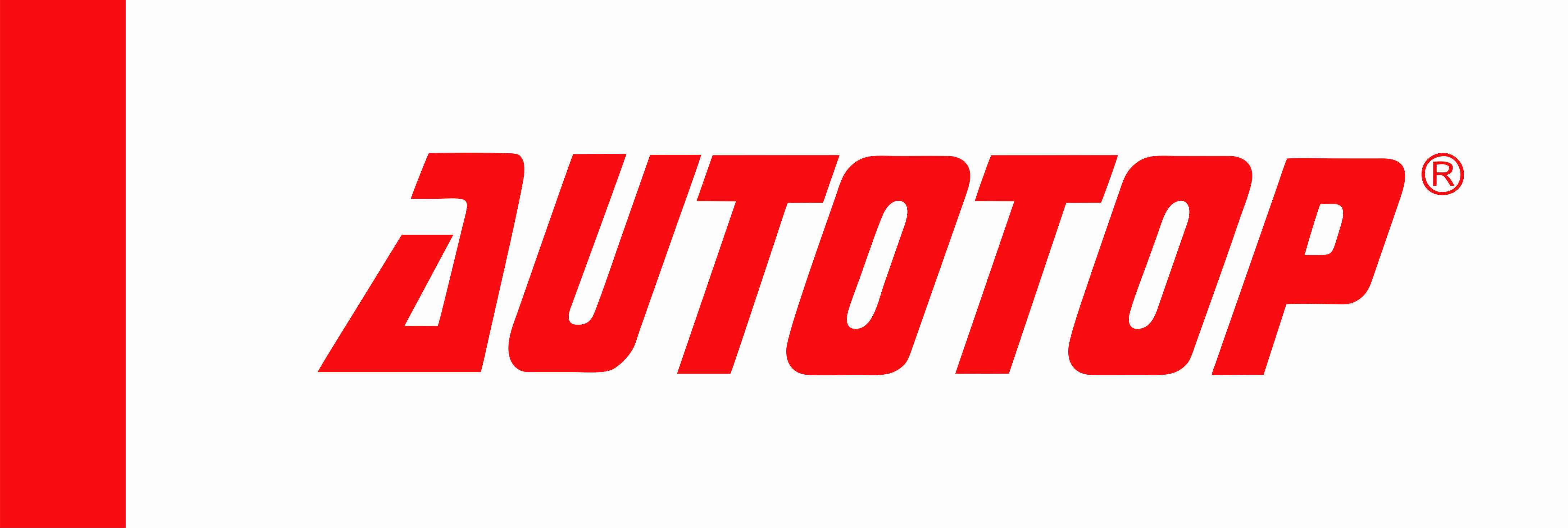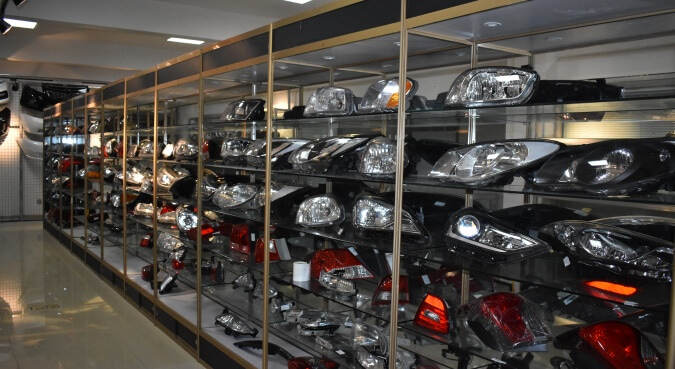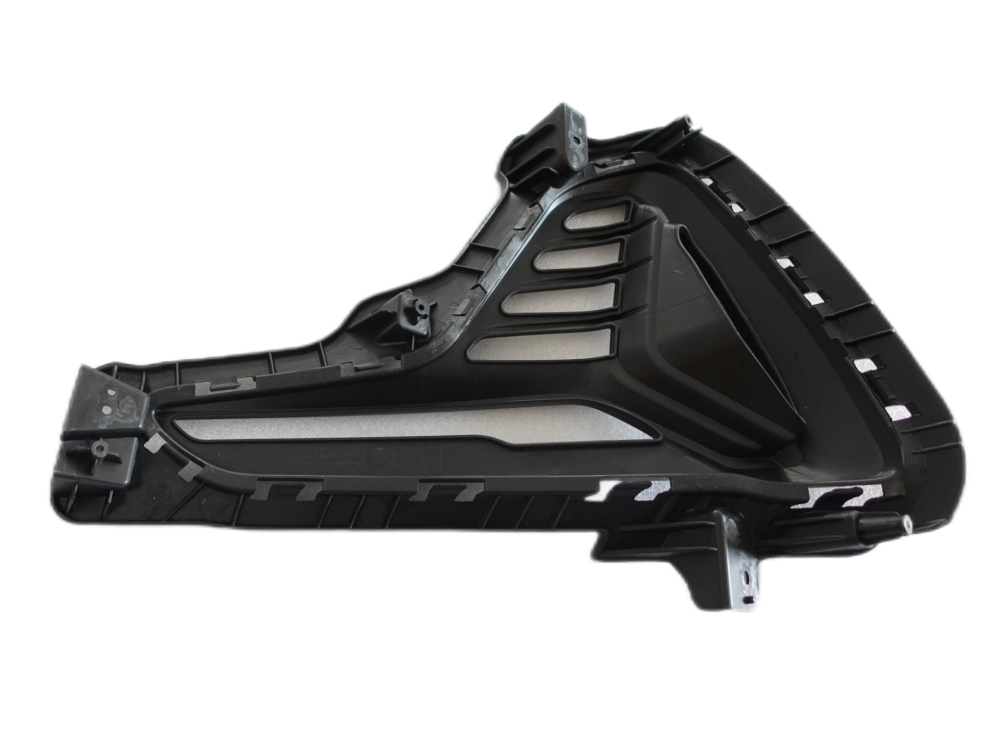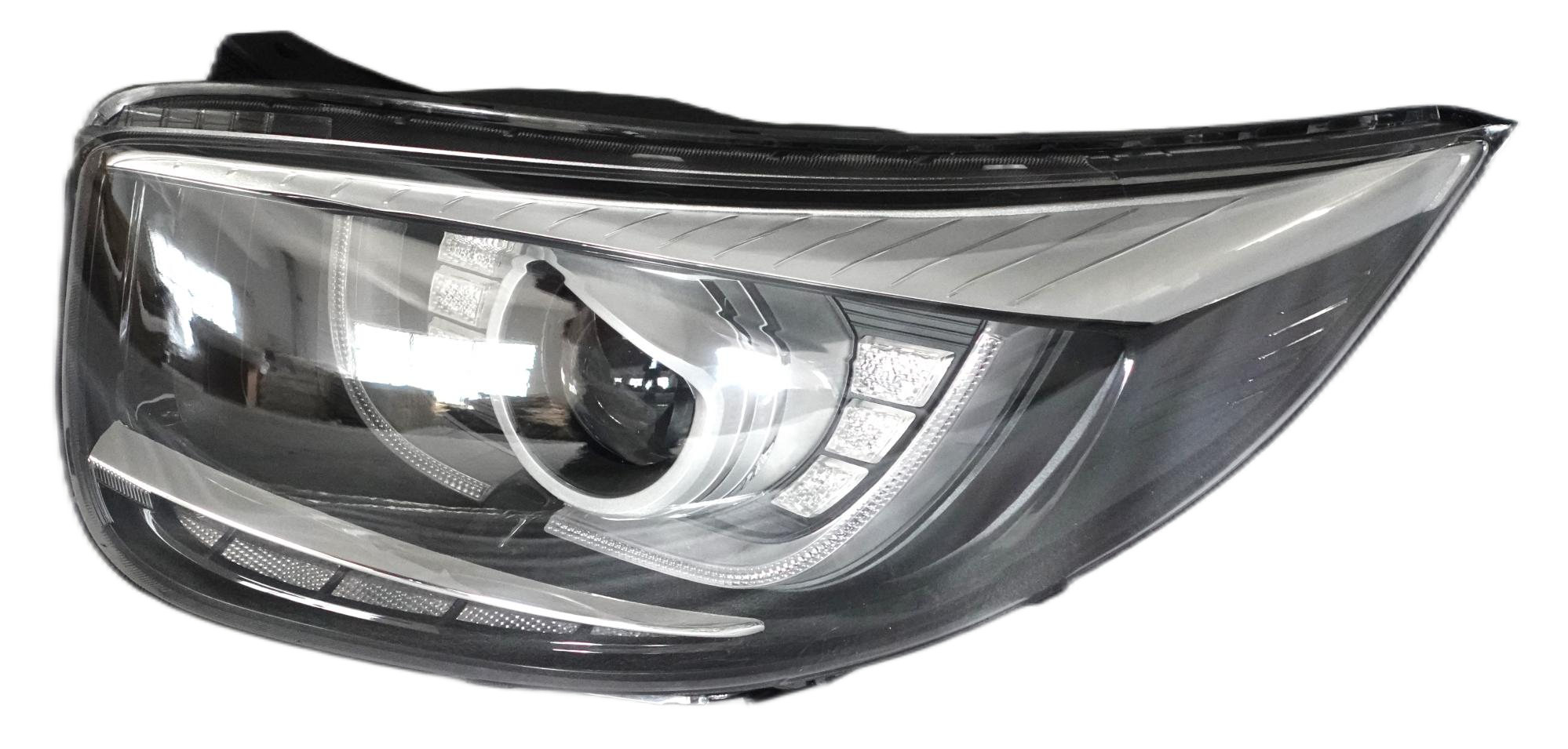aluminum rear bumper
The aluminum rear bumper represents a significant advancement in automotive protection and design. This innovative component combines lightweight durability with superior impact resistance, making it an essential safety feature for modern vehicles. Crafted from high-grade aluminum alloys, these bumpers offer exceptional strength while maintaining a weight reduction of up to 40% compared to traditional steel alternatives. The engineering process involves precision manufacturing techniques, including advanced extrusion and heat treatment methods, ensuring optimal structural integrity. The aluminum rear bumper serves multiple functions, primarily protecting the vehicle's rear end during collisions while also contributing to improved fuel efficiency through weight reduction. Its corrosion-resistant properties make it particularly suitable for diverse weather conditions and environments. The bumper's design typically incorporates integrated sensor housing for parking assistance systems, license plate mounting points, and reflector positioning. Modern aluminum rear bumpers also feature crumple zones that absorb and distribute impact forces effectively, enhancing passenger safety during rear-end collisions. The aesthetic appeal of aluminum bumpers adds to their value, offering a clean, contemporary look that complements various vehicle designs.










